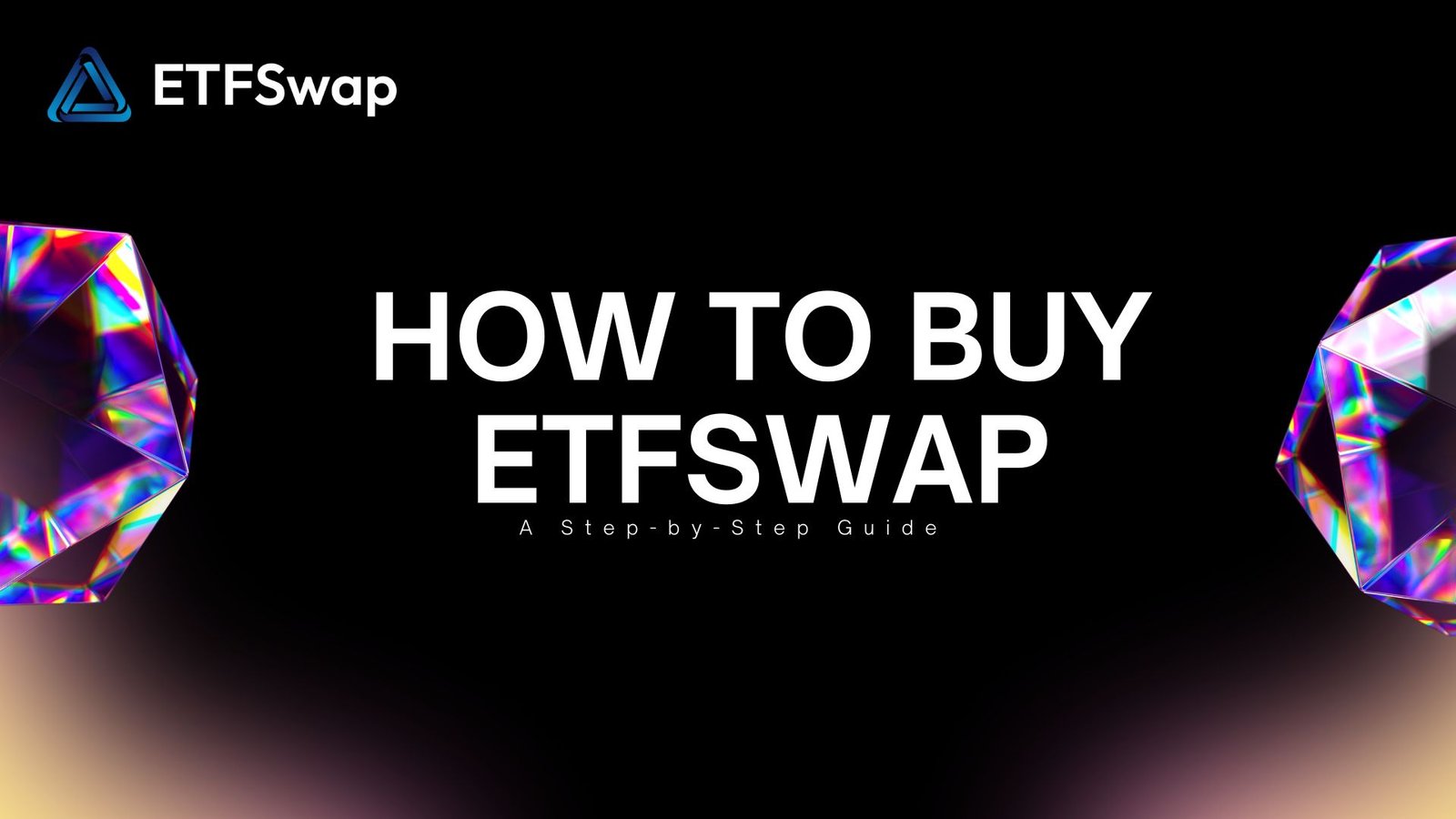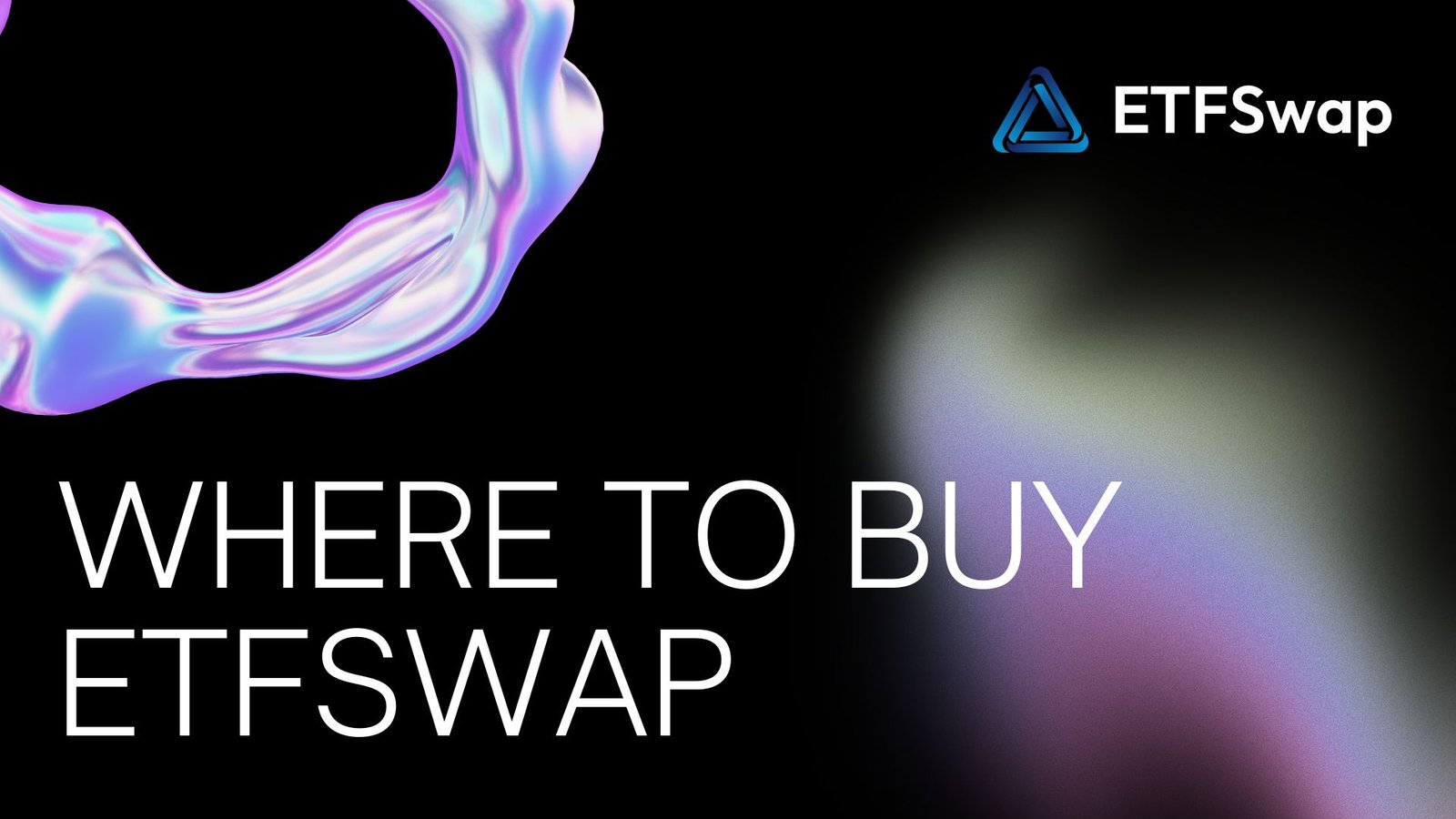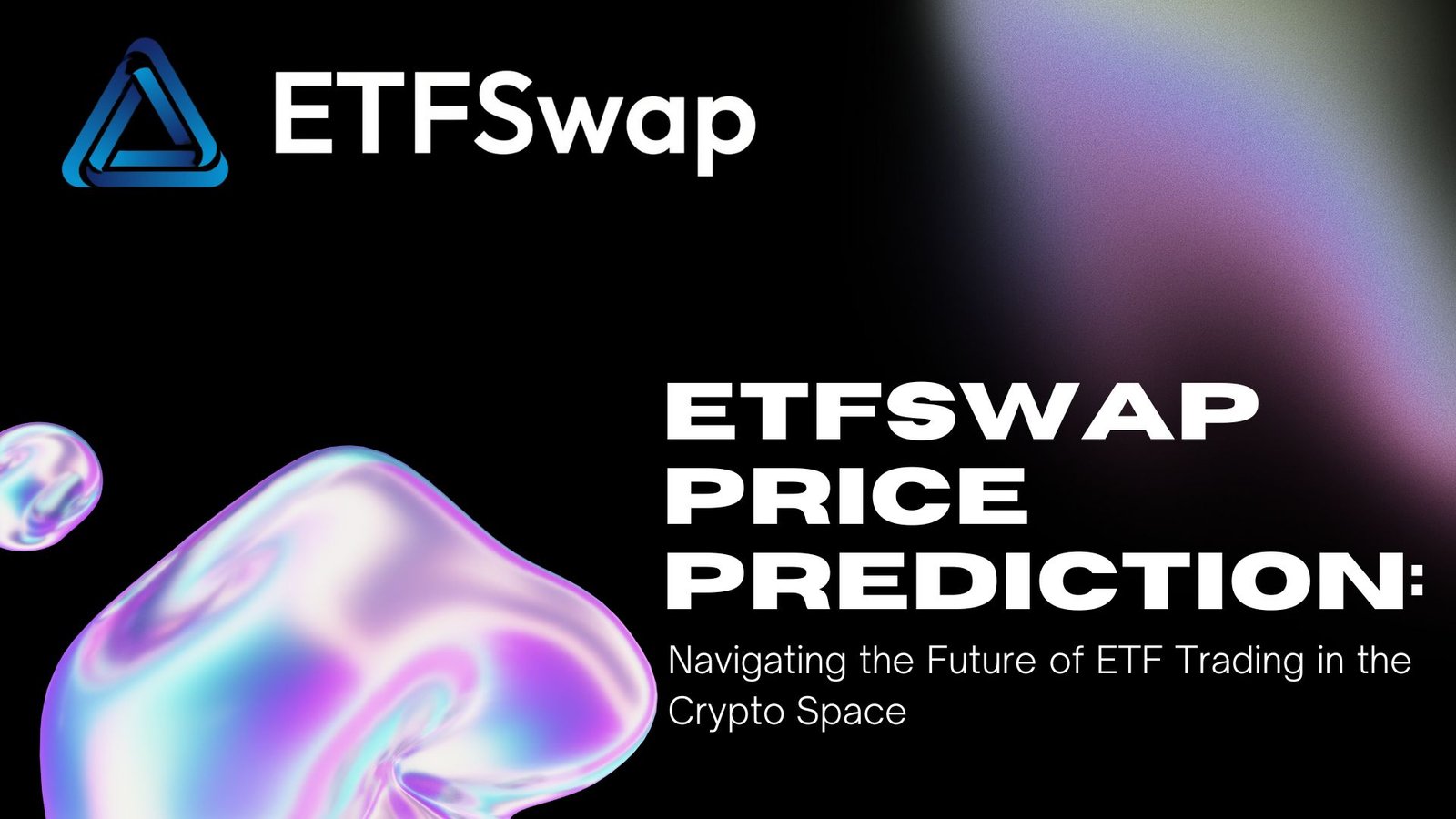ETFswap: Revolutionizing the World of Exchange-Traded Funds
Exchange-Traded Funds (ETFs) have been one of the most popular investment tools for both individual and institutional investors over the past couple of decades. Offering a wide range of benefits, such as liquidity, diversification, and low management fees, ETFs have become a go-to option for people looking to invest in a broad spectrum of markets. However, while ETFs have seen tremendous growth, there are still areas where the market can improve, such as liquidity, transaction costs, and flexibility. This is where the innovative concept of ETFswap comes into play.
In this article, we will explore what ETFswap is, how it works, its benefits, and how it could potentially transform the way investors interact with ETFs.
What Is ETFswap?
ETFswap is an innovative solution that enables investors to swap one ETF for another in a seamless and cost-effective manner. Traditionally, if an investor wanted to change their ETF position, they would have to sell the current ETF and buy the new one, incurring transaction costs and potential tax liabilities. With ETFswap, investors can directly exchange one ETF for another without having to go through the usual buy-and-sell process, reducing friction and transaction fees.
The mechanism behind ETFswap is based on blockchain technology, which ensures transparency, security, and efficiency. By leveraging decentralized finance (DeFi), ETFswap aims to provide a platform where investors can make these swaps instantly, at minimal cost, and without the complexities typically involved in traditional ETF trading.
Also Read: ETFSwap Presale: A Gateway to the Future of ETF Trading
The Benefits of ETFswap
There are several advantages to using ETFswap over traditional ETF transactions. These benefits are largely centered around reducing costs, increasing flexibility, and enhancing liquidity. Let’s break down these benefits in more detail.
1. Lower Transaction Costs
One of the primary reasons investors shy away from frequent ETF trading is the high transaction costs associated with buying and selling assets. These costs can include brokerage fees, fund management fees, and tax liabilities, which can quickly add up, especially when dealing with large amounts of capital.
ETFswap allows investors to swap ETFs without incurring these additional costs. By facilitating direct exchanges between ETFs, ETFswap reduces the need for third-party intermediaries, which typically charge fees for executing trades. This can result in significant savings over time, especially for high-frequency traders and institutional investors.
2. Improved Liquidity
Liquidity is a major factor when it comes to the ease and cost of trading ETFs. Investors often face the challenge of illiquid markets, where there aren’t enough buyers or sellers, resulting in slippage and higher spreads between buying and selling prices.
ETFswap can improve liquidity by providing a platform where ETFs can be swapped directly between investors. Instead of relying on the broader market to find a buyer for a sell order or a seller for a buy order, ETFswap offers a mechanism to match parties looking to exchange one ETF for another. This can make it easier for investors to get in and out of positions, reducing the impact of illiquid markets.
3. Tax Efficiency
When investors buy and sell ETFs, they are often subject to capital gains taxes. For example, selling an ETF at a profit can trigger a tax liability based on the difference between the sale price and the purchase price. ETFswap aims to reduce this tax burden by enabling investors to swap ETFs without triggering taxable events. This is particularly beneficial for long-term investors who want to avoid paying taxes on short-term gains or the transaction fees that would typically arise from selling and purchasing new ETFs.
By streamlining the process of swapping ETFs without triggering capital gains, ETFswap provides a tax-efficient way to manage investment portfolios, allowing investors to focus on their long-term investment strategies rather than tax-related concerns.
Also Read: ETFSwap Price Prediction: Navigating the Future of ETF Trading in the Crypto Space
4. Increased Flexibility
ETFswap enhances the flexibility of investors by allowing them to make changes to their portfolios with greater ease and speed. In traditional ETF investing, an investor may need to monitor the market closely, buy or sell the desired ETF, and ensure that the transition is completed at the best possible price. However, with ETFswap, the process is significantly faster and more seamless.
This flexibility is particularly valuable for those managing diversified portfolios across various sectors, regions, or asset classes. ETFswap allows investors to quickly adjust their holdings in response to changing market conditions, such as shifts in interest rates or economic cycles, without the usual delays or transaction costs.
5. Transparency and Security through Blockchain
ETFswap utilizes blockchain technology to execute transactions. Blockchain is a decentralized and distributed ledger that provides transparency and security, two crucial aspects for any financial transaction. Every swap made on the ETFswap platform is recorded on the blockchain, providing a clear and immutable record of the trade.
This transparency helps build trust within the investor community, as it reduces the risk of fraud and manipulation. Blockchain also ensures the security of transactions, as the decentralized nature of the technology makes it resistant to hacking or data breaches. In addition, smart contracts—self-executing contracts with the terms of the agreement directly written into code—can be used to automate the execution of ETF swaps, reducing the need for intermediaries and further enhancing security.
How ETFswap Works: The Process Explained
The process of using ETFswap is relatively simple and can be broken down into the following steps:
Step 1: Create an Account and Deposit ETFs
To get started with ETFswap, investors need to create an account on a platform that offers ETFswap services. Once the account is set up, the investor can deposit their current ETFs into their account. These ETFs will be held in a secure wallet on the platform.
Also Read: How to Buy ETFswap
Step 2: Choose the ETF to Swap
After depositing the ETFs, investors can choose the ETF they wish to swap. They can search for a specific ETF or browse the available options. ETFswap platforms typically offer a wide range of ETFs, including those focused on various sectors, regions, or asset classes.
Step 3: Initiate the Swap
Once the investor has selected the ETF they want to receive in exchange for their current ETF, they can initiate the swap. The platform will automatically match the investor with someone who is looking to swap the opposite ETF. This process is typically fast and seamless, thanks to the use of blockchain technology and smart contracts.
Step 4: Complete the Swap
After the swap is initiated, the transaction is executed, and the investor receives the new ETF in their account. The entire process can take just a few seconds or minutes, depending on the platform’s infrastructure and the liquidity of the ETFs being swapped.
Also Read: Where to Buy ETFSwap
ETFswap vs. Traditional ETF Trading: A Comparison
| Feature | ETFswap | Traditional ETF Trading |
|---|---|---|
| Transaction Costs | Low or none | High due to brokerage fees and taxes |
| Liquidity | Improved through direct swaps | May be limited by market conditions |
| Flexibility | High – swap anytime | Lower – requires buying and selling |
| Tax Efficiency | High – no capital gains taxes | Taxable events for each transaction |
| Security | Blockchain-based, secure | Dependent on third-party brokers |
Potential Challenges of ETFswap
Despite the numerous benefits, there are some challenges associated with ETFswap. These include:
- Regulatory Uncertainty: As ETFswap is a relatively new concept, it may face regulatory hurdles, especially when it comes to tax treatment and compliance with securities laws.
- Adoption: While the concept of ETFswap is promising, it may take time for widespread adoption. Investors and institutions are generally slow to embrace new technologies, and it may take some time before ETFswap gains significant traction in the market.
- Platform Risk: The success of ETFswap depends on the platforms that support the swaps. If these platforms are not properly regulated or fail to ensure the security of transactions, investors could be at risk.
Conclusion: The Future of ETF Investing with ETFswap
ETFswap presents an exciting opportunity to revolutionize the way investors manage their ETF portfolios. By reducing transaction costs, improving liquidity, enhancing flexibility, and providing tax efficiencies, ETFswap can significantly streamline the investment process. However, challenges such as regulatory uncertainty and adoption rates need to be addressed before it can reach its full potential.
As the financial world continues to evolve and technology advances, ETFswap could play a key role in shaping the future of ETF investing. With its promise of lower costs, increased efficiency, and greater investor control, ETFswap is undoubtedly an innovation worth watching in the coming years.












Post Comment